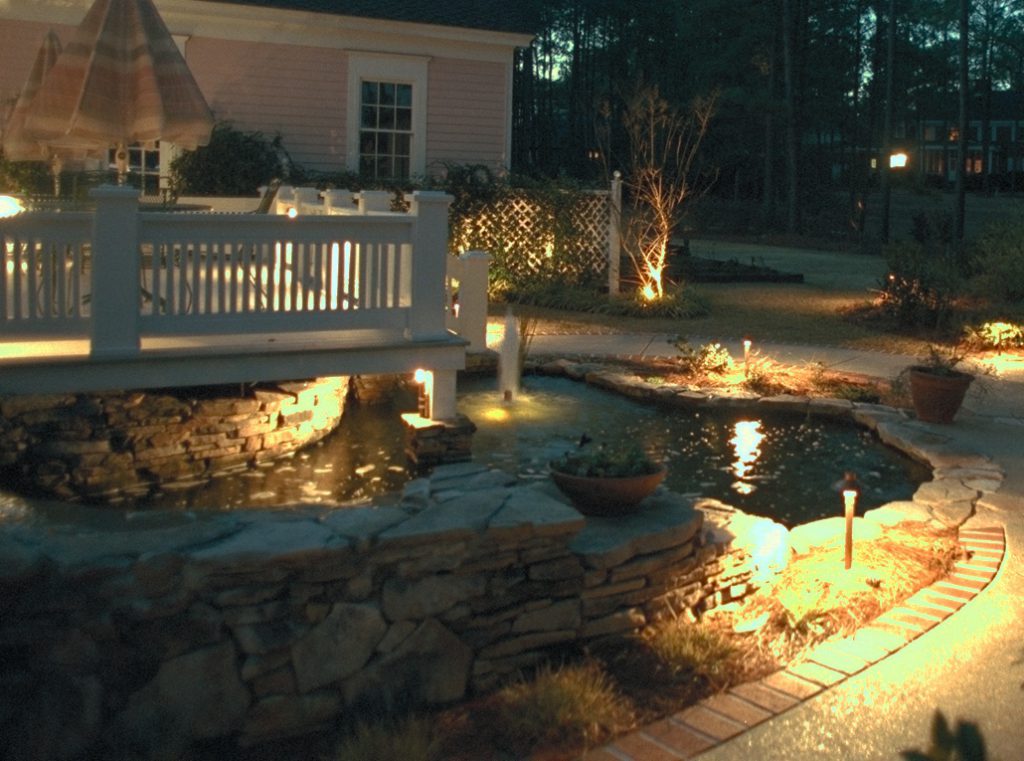Landscape Designers Ride Momentum from Early Spring

After several lean years during the recession, followed by the slow revival of the home-building and commercial-construction sectors, landscape designers are finally feeling like their industry is surging, with customers jumping on trends ranging from outdoor kitchens to landscape lighting to sustainable elements. A mild winter meant an early start for these professionals, who are optimistic the brisk business will continue throughout 2016.
It’s a simple question, just four words. But it speaks volumes about the optimism area landscape designers feel about the 2016 season.
“The golden question we’re hearing is, ‘when can you start?’ Not ‘let me get back to you,’ but ‘when can you start?’” said Stephen Roberts, president of Stephen A. Roberts Landscape Architecture & Construction in Springfield. “We haven’t heard those words much the last eight years, but we’re starting to hear them. People want to pull the trigger and go.”
……………
They’re also increasingly looking to install artistic landscape lighting, also known as architectural lighting, a niche popular in the South that is coming into its own in the Northeast. As opposed to powerful floodlights, landscape lighting uses a variety of smaller accent lights to highlight the features of a home and yard. “Outdoor lighting is being requested a lot more, with the LED lights available now,” Roberts said. “Those are more energy-efficient, and more people are gravitating toward them than in the past. They’re coming up earlier in the conversation, instead of something being added on in the future; people are asking for lighting up front.” All these features reflect national landscaping trends, according to Corinne Gangloff, media relations director for the Freedonia Group, which studies landscaping trends. She writes that, “as part of the outdoor living trend, homeowners create outside kitchens and living rooms, and businesses extend outdoor areas to expand their seating space. Urban communities increasingly create ‘parklets,’ small green spaces that may feature flower beds, container gardens, walking paths, water features, seating, bird-watching opportunities, and statuary. Some communities have used these parks as a way to address the issue of abandoned homes in blighted neighborhoods, tearing down the structures and replacing them with this type of public green space.”
